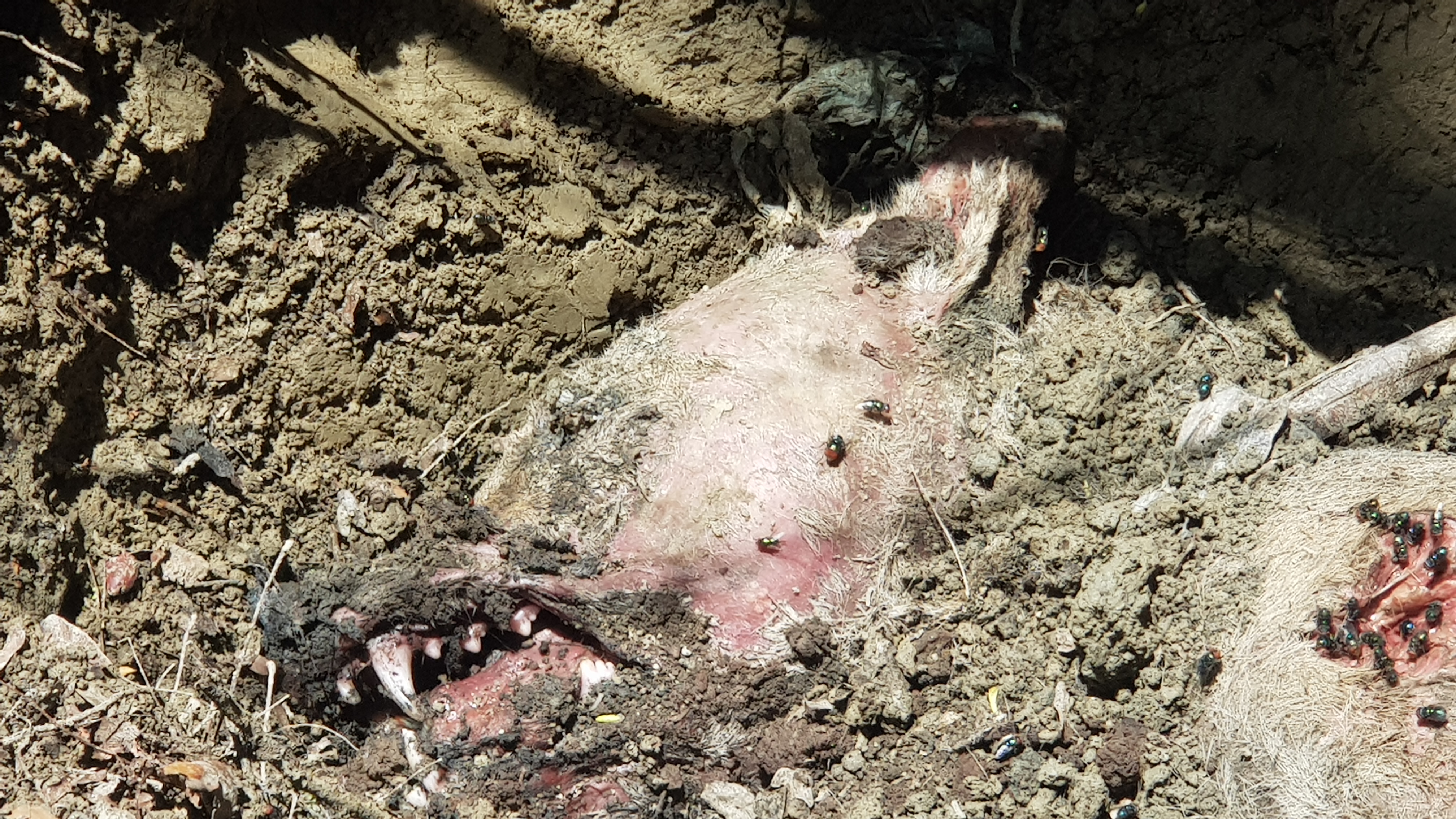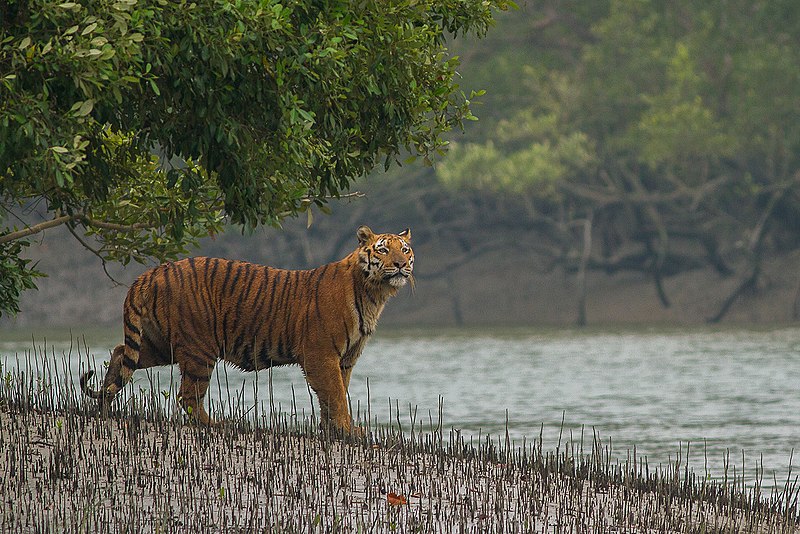Coronavirus
Corona viruses are a group of viruses that cause diseases in mammals and birds. In humans, the viruses cause respiratory infections which are typically mild including the common cold but rarer forms like SARS and MERS can be lethal. In cows and pigs they may cause diarrhea, while in chickens they can cause an upper respiratory disease. There are no vaccines or antiviral drugs that are approved for prevention or treatment.
Coronaviruses are viruses in the subfamily Orthocoronavirinae in the family Coronaviridae, in the order Nidovirales.[4][5] Coronaviruses are enveloped viruses with a positive-sense single-stranded RNA genome and with a nucleocapsid of helical symmetry. The genomic size of coronaviruses ranges from approximately 26 to 32 kilobases, the largest for an RNA virus.
The name "coronavirus" is derived from the Latin corona, meaning crown or halo, which refers to the characteristic appearance of the virus particles (virions): they have a fringe reminiscent of a royal crown or of the solar corona.
Contents
Discovery
Coronaviruses were discovered in the 1960s;[6] the earliest ones discovered were infectious bronchitis virus in chickens and two viruses from the nasal cavities of human patients with the common cold that were subsequently named human coronavirus 229E and human coronavirus OC43.[7] Other members of this family have since been identified, including SARS-CoV in 2003, HCoV NL63 in 2004, HKU1 in 2005, MERS-CoV in 2012, and 2019-nCoV in 2019; most of these have been involved in serious respiratory tract infections.
Name and morphology
The name "coronavirus" is derived from the Latin corona and the Greek κορώνη (korṓnē, "garland, wreath"), meaning crown or halo. This refers to the characteristic appearance of virions (the infective form of the virus) by electron microscopy, which have a fringe of large, bulbous surface projections creating an image reminiscent of a royal crown or of the solar corona. This morphology is created by the viral spike (S) peplomers, which are proteins that populate the surface of the virus and determine host tropism.
Proteins that contribute to the overall structure of all coronaviruses are the spike (S), envelope (E), membrane (M) and nucleocapsid (N). In the specific case of the SARS coronavirus (see below), a defined receptor-binding domain on S mediates the attachment of the virus to its cellular receptor, angiotensin-converting enzyme 2 (ACE2).[8] Some coronaviruses (specifically the members of Betacoronavirus subgroup A) also have a shorter spike-like protein called hemagglutinin esterase (HE).[4]
Replication
Following the entry of this virus into the cell, the virus particle is uncoated and the RNA genome is deposited into the cytoplasm.
The coronavirus RNA genome has a 5′ methylated cap and a 3′ polyadenylated tail. This allows the RNA to attach to ribosomes for translation.
Coronaviruses also have a protein known as a replicase encoded in its genome which allows the RNA viral genome to be transcribed into new RNA copies using the host cell's machinery. The replicase is the first protein to be made; once the gene encoding the replicase is translated, the translation is stopped by a stop codon. This is known as a nested transcript. When the mRNA transcript only encodes one gene, it is monocistronic. A coronavirus non-structural protein provides extra fidelity to replication because it confers a proofreading function,[9] which is lacking in RNA-dependent RNA polymerase enzymes alone.
The RNA genome is replicated and a long polyprotein is formed, where all of the proteins are attached. Coronaviruses have a non-structural protein – a protease – which is able to separate the proteins in the chain. This is a form of genetic economy for the virus, allowing it to encode the greatest number of genes in a small number of nucleotides.[10]
Taxonomy
- Genus: Alphacoronavirus; type species: Alphacoronavirus 1[11][12]
- Genus Betacoronavirus; type species: Murine coronavirus
- Genus Gammacoronavirus; type species: Avian coronavirus
- Genus Deltacoronavirus; type species: Bulbul coronavirus HKU11
Evolution
The most recent common ancestor of the coronavirus has been placed at 8000 BCE.[13] They may be considerably older than this. Another estimate places the most recent common ancestor (MRCA) of all coronaviruses around 8100 BCE. The MRCA of Alphacoronavirus, Betacoronavirus, Gammacoronavirus, and Deltacoronavirus have been placed at about 2400 BCE, 3300 BCE, 2800 BCE and 3000 BCE, respectively. It appears that bats and birds, the warm-blooded flying vertebrates, are ideal hosts for the coronavirus gene source (with bats for Alphacoronavirus and Betacoronavirus, and birds for Gammacoronavirus and Deltacoronavirus) to fuel coronavirus evolution and dissemination.[14]
Bovine coronavirus and canine respiratory coronavirus diverged from a common ancestor in 1951.[15] Bovine coronavirus and human coronavirus OC43 diverged in 1899. Bovine coronavirus diverged from the equine coronavirus species at the end of the 18th century. Another estimate suggests that human coronavirus OC43 diverged from bovine coronavirus in 1890.[16]
The MRCA of human coronavirus OC43 has been dated to the 1950s.[17]
Middle East respiratory syndrome coronavirus, although related to several bat species, appears to have diverged from these several centuries ago.[18] The human coronavirus NL63 and a bat coronovirus shared an MRCA 563–822 years ago.[19]
The most closely related bat coronovirus and the SARS coronavirus diverged in 1986.[20] A path of evolution of the SARS virus and keen relationship with bats have been proposed.[21][22] The authors suggest that the coronaviruses have been coevolved with bats for a long time and the ancestors of SARS virus first infected the species of the genus Hipposideridae, subsequently spread to species of the Rhinolophidae and then to civets, and finally to humans.[citation needed]
Alpaca coronavirus and human coronavirus 229E diverged before 1960.[23]
https://en.wikipedia.org/wiki/Coronavirus
Coronaviruses are believed to cause a significant percentage of all common colds in human adults and children. Coronaviruses cause colds with major symptoms, e.g. fever, throat swollen adenoids, in humans primarily in the winter and early spring seasons.[24] Coronaviruses can cause pneumonia, either direct viral pneumonia or a secondary bacterial pneumonia and they can also cause bronchitis, either direct viral bronchitis or a secondary bacterial bronchitis.[25] The much publicized human coronavirus discovered in 2003, SARS-CoV which causes severe acute respiratory syndrome (SARS), has a unique pathogenesis because it causes both upper and lower respiratory tract infections.[25]
There are seven strains of human coronaviruses:
- Human coronavirus 229E (HCoV-229E)
- Human coronavirus OC43 (HCoV-OC43)
- SARS-CoV
- Human coronavirus NL63 (HCoV-NL63, New Haven coronavirus)
- Human coronavirus HKU1
- Middle East respiratory syndrome coronavirus (MERS-CoV), previously known as novel coronavirus 2012 and HCoV-EMC.
- Novel coronavirus (2019-nCoV),[26][27] also known as Wuhan pneumonia or Wuhan coronavirus.[28] ('Novel' in this case means newly discovered, or newly originated, and is a placeholder name.)

.png)




















